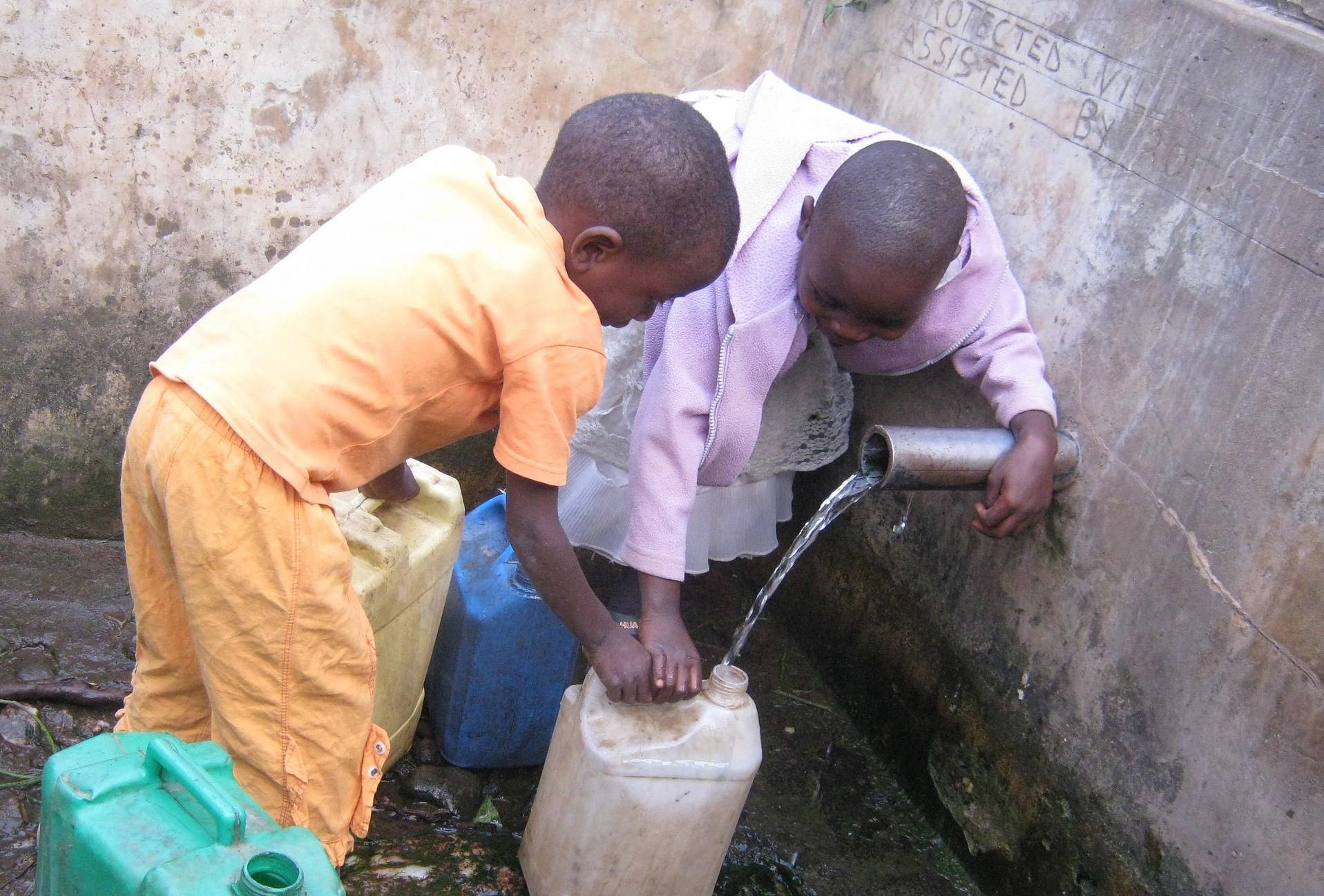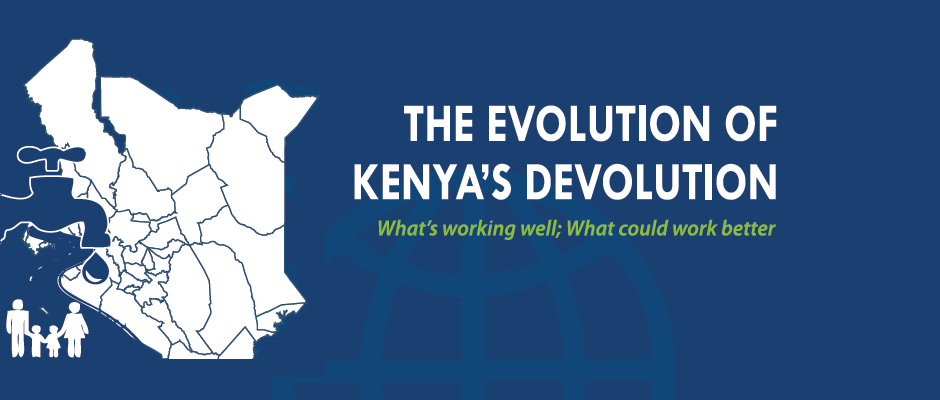
Access to safe and affordable water is not only a basic human right, it is essential to reduce poverty and to promote social equity. Yet in many parts of East Africa, poor people have found it increasingly difficult to access water, despite the stated commitment of governments to improve water security.
A recent conference organised by Reach — a global research programme to improve water security for the poor by delivering world-class science based at Oxford University and the University of Nairobi, supported by Unicef — brought together experts from around the world to discuss how to improve water access in Africa and South Asia.
The associated report on Kenya identifies the main drivers of water insecurity and highlights innovative ways to change things for the better.
Water security has reduced in many parts of East Africa over the past 40 years. A combination of population growth and low levels of investment in slum areas means that this has hit the urban poor particularly hard.
Research conducted by IIED has found that the waiting time to access water in 10 urban areas in East Africa increased from 27 minutes in 1967 to 92 minutes in 1997. This trend has been compounded by the fact that the proportion of urban areas with access to piped water has fallen from 55 per cent to 45 per cent. Taken together, these two developments mean that urban Kenyans are increasingly reliant on unregulated water vendors, who can charge up to six times the official water kiosk rate.
As the Reach diagnostic report on Kenya puts it, this “translates into a “poverty premium” of up to 51 times more than for a private, piped water connection” — the kind that is available to wealthier households.
The situation in rural areas is often just as difficult. Data collected by the Kenyan government for the Vision 2030 development strategy in Northern Kenya and arid lands reveal that of those citizens whose water supply has not improved in recent times, four out of five are living in rural areas. As a result, many communities are no more insulated from drought now than they were before the advent of multi-party politics.
Overcoming these challenges requires an understanding of what produced them. The Reach report, available at http://reachwater.org.uk/, identifies three main drivers of these problems: lack of coordination in development activities, climate shocks and droughts, and persistent poverty and inequality.
Effective Coordination
Lack of effective coordination in development of water services has been a major barrier to affordable water access. Although successive governments have set funds aside to extend the water network, these have not always strengthened national infrastructure or empowered the poorest members of society.
As a result, the proportion of rural Kenya covered by piped water has only increased from 10 per cent to 14 per cent over the past 25 years. The introduction of devolution generates both opportunities and risks in this regard.
Now that key water and sanitation functions have been devolved to the county level, governors have an opportunity to use their influence to make increasing access to water a priority. But the creation of an additional tier of government could also exacerbate coordination problems.
Read the full article on The Daily Nation
Dr Cheeseman is the Director of the African Studies Centre at the University of Oxford and a columnist for the Sunday Nation.





